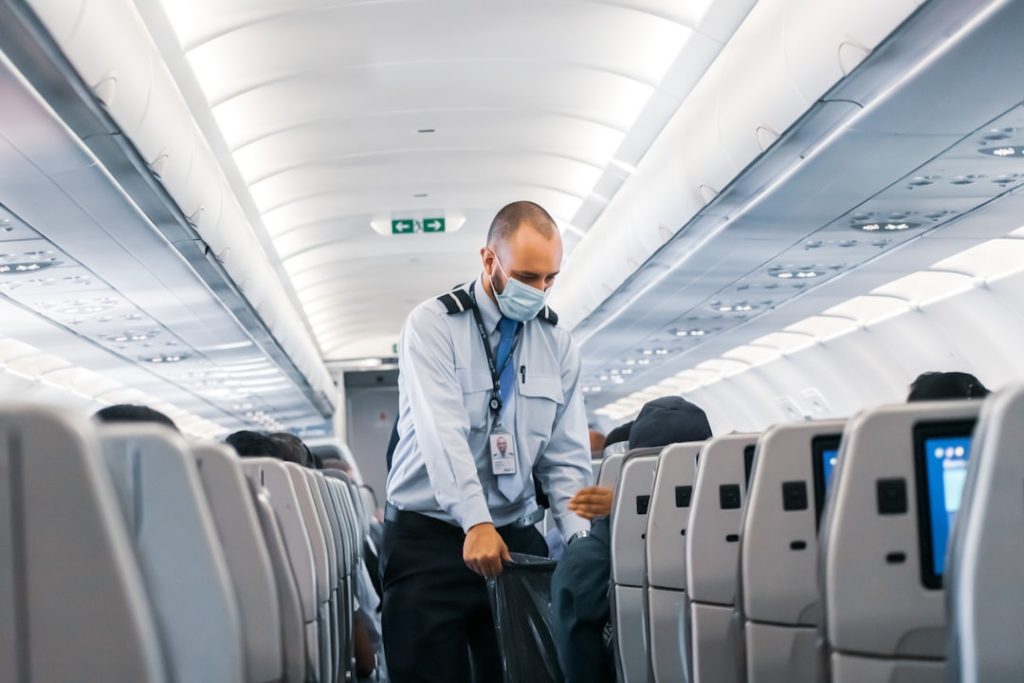Carpets in medical and aged care facilities do more than soften a space. They affect air quality, hygiene standards and how safe and comfortable residents or patients feel.
But in environments where health and cleanliness are top priorities, carpets also present a challenge. Trapped bacteria, allergens and moisture can pose real risks if not properly addressed. That’s why proper cleaning routines and the right equipment are essential.
Why Carpet Hygiene Matters in Care Settings
Unlike hard floors, carpets can absorb more than just dust. In facilities where immune systems may be compromised, even small buildups of dirt or bacteria can contribute to infections, odours or allergic reactions.
Maintaining clean carpets is not only about appearance — it’s about infection control, resident wellbeing and long-term flooring durability.
Cleaning Standards and Compliance
Healthcare and aged care providers must meet strict surface hygiene standards, which include carpeted areas such as:
- Resident rooms
- Corridors and communal lounges
- Waiting areas and rehabilitation rooms
Failure to meet these standards can result in failed audits, increased complaints or even regulatory penalties. Cleaning routines should be aligned with your infection control plan and include the use of suitable machines like a commercial carpet cleaning machine.
Recommended Carpet Cleaning Methods
| Cleaning Method | Why It Works in Care Settings |
|---|---|
| Low-Moisture Carpet Cleaning | Minimises drying time and trip hazards. Enables cleaning during the day with less disruption |
| Steam Cleaning | Sanitises effectively without harsh chemicals. Ideal for hygiene-critical zones |
| Encapsulation Cleaning | Fast drying and no residue. Excellent for routine maintenance in corridors and lounges |
| Hot Water Extraction | Deep cleaning that removes odours and built-up grime. Best for scheduled cleans |
Machines that combine steam with counter-rotating brushes are frequently used in care settings. They offer effective sanitisation while being gentle on carpet fibres.
Carpet Care in Different Facility Zones
Resident Rooms
Use compact machines with low-moisture settings for regular cleans. Prioritise quiet operation and fast drying to avoid resident disruption.
Hallways and Common Areas
These are often high-traffic and shared zones. Steam or encapsulation cleaning weekly or fortnightly keeps them clean and safe.
Nursing Stations or Treatment Areas
Opt for steam-capable machines to remove biological contaminants and sanitise surfaces. Avoid excessive water use to prevent lingering odours.
Reception and Waiting Rooms
Hygiene and presentation go hand in hand. Combine daily vacuuming with regular steam cleaning to leave a good first impression.
Regular vs Reactive Cleaning
While spot cleaning is essential after accidents, most care facilities benefit from a structured approach:
- Daily vacuuming for visible cleanliness
- Weekly low-moisture cleaning for maintenance
- Monthly deep cleans using steam or commercial carpet cleaning machines
- Immediate response for spills or biohazards
Consistency is key to supporting infection control and resident wellbeing.
Q&A: Carpet Cleaning in Healthcare and Aged Care
Q: Are steam cleaners safe to use around elderly residents or patients?
A: Yes. Steam systems with low-moisture output are safe and effective, especially when no harsh chemicals are used.
Q: How do I prevent carpet odours in care environments?
A: Schedule regular extraction cleans, respond quickly to spills and ensure good airflow.
Q: Can one machine be used across different zones?
A: Yes. Multi-surface machines with adjustable modes are ideal, especially when paired with colour-coded attachments for hygiene control.
Q: Is hot water extraction necessary?
A: Not every week, but monthly or quarterly deep extraction helps remove allergens, stains and odours effectively.

